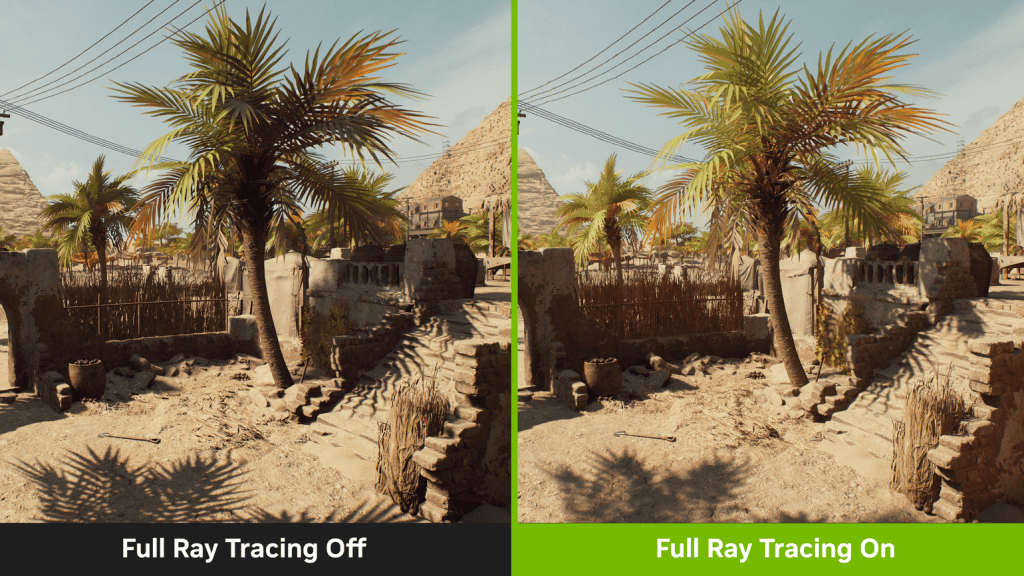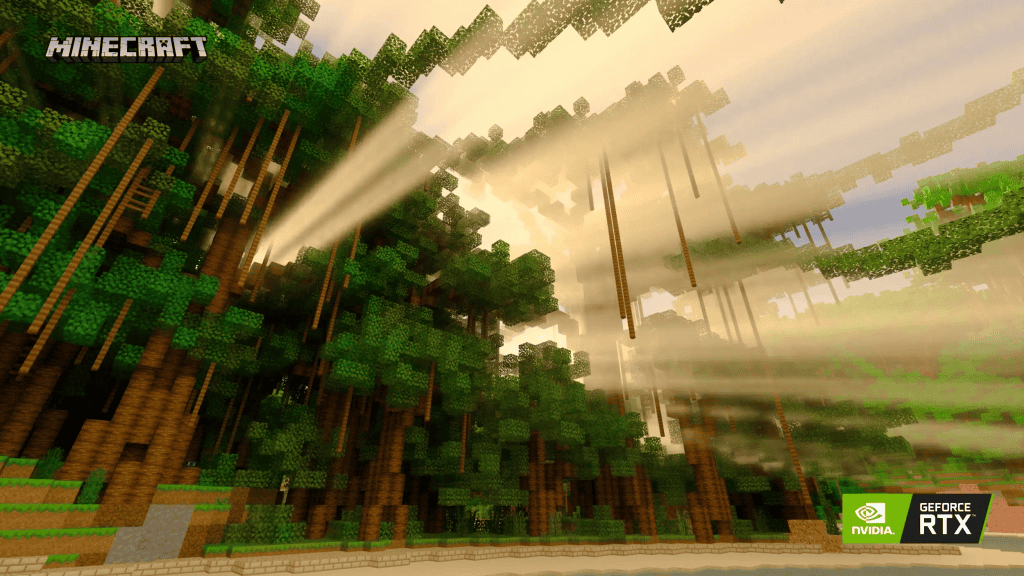If you follow the universe of games, you have probably come across the term Ray Tracing. The technology has become prominent in recent times, especially in games that value ultra -realistic graphics. But after all, what exactly is Ray Tracing, how does it work and why is everyone talking about it?
This technique, once limited to cinema and the production of high -level visual effects, is now increasingly present in modern video signs and new generation consoles. Not only does it improve graphs; It completely changes the way light and reflexes behave within the game.
Let’s dive deep into the concept of Ray Tracing, explain its importance in the visual performance of games, understand the technical challenges behind its implementation and show how it is transforming the industry. Prepared to see the games with other eyes?
What is Ray Tracing?
Ray tracing, or lightning trace, is a rendering technique used to simulate the real behavior of light in virtual environments. Instead of simply projecting light in a generic way, Ray tracing “draws” the path of each ray of light, considering how it interacts with objects in the scenery: reflecting, refracting, being absorbed or generating realistic shadows.

Think like this: When you look at a mirror in a game with Ray Tracing activated, you see a faithful reflection of what is on the other side. This is because technology calculates how light hits the mirror, returns to your character and hits your eyes, just as in real life.
This technique has been known for decades and is widely used in high -budget movies and animations, such as Pixar’s. However, due to the very high computational cost, only recently it began to appear in real time in games, thanks to hardware advances such as NVIDIA’s RTX plates and PlayStation 5 and Xbox Series X | s consoles.
How does ray tracing work?
The base of Ray Tracing is in physics. Instead of simulating only what is visible directly on the screen (as happens in the ratertraditional technique), Ray Tracing simulates light behavior as a rays that come out of the camera (or the player’s eyes) and go through the virtual environment.
These rays interact with surfaces, for example, a shiny wall, a puddle or a window and, depending on the material, the system calculates if the radius is reflected, refracted, dispersed or absorbed. If a radius reaches a light source, such as a lamp or the sun, the impact point is illuminated.
This approach allows you to create dynamic reflexes, soft and realistic shadows, global lighting (where light propagates indirectly in the environment) and effects such as more convincing transparency and depth. The result is a closer image of what our eyes would see in the real world.

Ray Tracing vs Rasteization: What’s the difference?
The traditional method of rendering in games is called rater. It consists of turning three -dimensional objects into 2D images projected on the screen, using calculations that simplify the way light works.
It works well and is efficient, but has limitations. Reflexes, for example, are often false or “prefabricated” as mirrored textures. Shadows are often less accurate, with marked contours or without the natural variation we see in the real world.
Ray Tracing seeks physical accuracy. He does not “pretend” that has light and shadow, he calculates in real time how light behaves. This requires more processing power, but delivers a much higher level of realism.
Therefore, many modern games adopt a hybrid approach: they use ratering for most of the scene and apply ray tracing only in specific aspects such as reflexes or global illumination. Thus, they get a good balance between performance and graphic quality.
Also read:
Why is Ray Tracing important in games?
Ray Tracing represents a qualitative leap with regard to visual immersion. Games with this technology activated offer much more credible scenarios, with lights that behave naturally and environments that react to lighting as in real life.
In open -world games, for example, a sunset with Ray Tracing can illuminate the branches of a tree, cross a window and reflect on the so -and -polished floor. This is not just beautiful, it is engaging. It helps the player “feel” the environment, the climate, the weight of the atmosphere.
In addition, it opens doors to new creative possibilities. Game designers may think of puzzles based on real reflexes or create scary atmospheres with light and dynamic shadow. It is a new aesthetic and technical territory.
And the market responds. Great titles such as “Cyberpunk 2077”, “Control”, “Metro Exodus” and “Minecraft” already demonstrate how this technology can radically transform visual experience. Each new generation of games tends to push this technology more for mainstream.

What are the challenges of Ray Tracing?
The main obstacle is still performance. Ray Tracing consumes many GPU features, and activating it can reduce the number of frames per second (FPS), affecting gameplay.
Even with modern gpus, such as the Nvidia RTX line or AMD’s Radeon RX 6000, it is common for games to need DLSS (Deep Learning Super Sampling) or FSR (Fidelityfx Super Resolution) To maintain a fluid frame rate while using ray tracing.
Another barrier is the cost: video cards capable of dealing well with technology are expensive, and many players still use equipment that can’t stand ray tracing or can only run it with reduced quality.
Therefore, many developers still treat Ray Tracing as an optional feature. It is activated by default only in very optimized games or with a sharp graphic focus.
The future of Ray Tracing in Games
Despite current challenges, the path of course: Ray Tracing will become standard. As hardware evolves and rendering techniques become more efficient, the cost of using real -time Ray tracing will fall.
The new generation consoles were already born ready to deal with this technology. And on PCs, each new feature of GPUS makes the experience more accessible. At the same time, tools like Unreal Engine 5 and Unity are offering native support to Ray Tracing, making life easier for developers.
In the future, we can expect integer games based exclusively on Ray Tracing, without rater. This will make room for extremely accurate light simulations, more cinematic experiences and virtual environments that border on photographic reality.
Combined with other emerging technologies, such as artificial intelligence, virtual reality and advanced physics, this technology is a fundamental part of the next revolution in games. The future will be brilliant, literally.